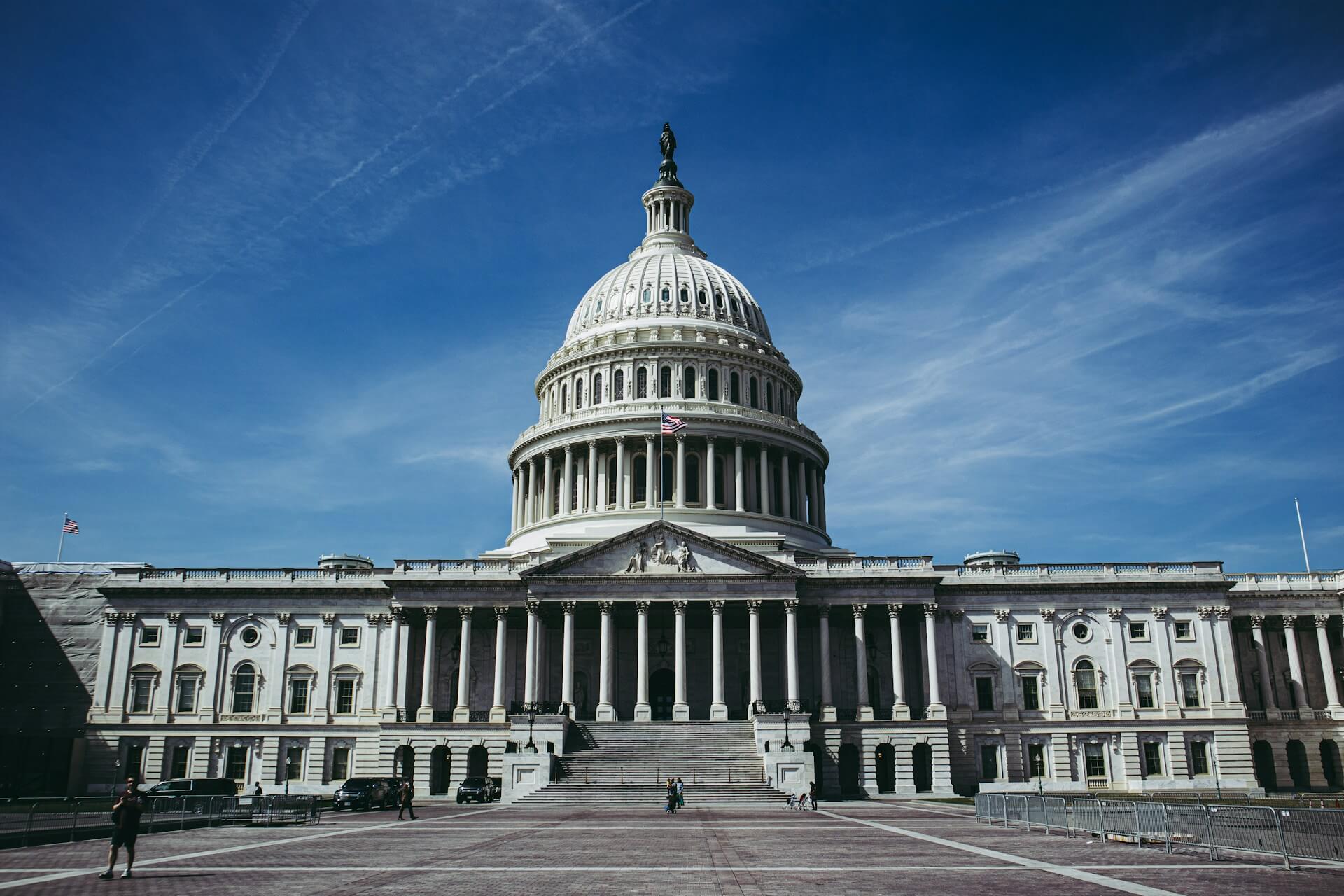Understanding the Key Differences Between IT Governance & Compliance
In the dynamic landscape of business expansion and evolution, distinguishing between IT governance and compliance becomes not just beneficial, but essential. While both are pillars in safeguarding organizations against a myriad of risks, they differ in their core objectives, methodologies, and impacts. This article aims to demystify these differences, offering a deep dive into the distinct characteristics, goals, and scopes of IT governance and compliance, and how they work together to fortify an organization's resilience.
What is IT Governance?
IT governance, a subset of the broader Governance, Risk Management, and Compliance (GRC) framework, focuses on enhancing control over IT infrastructure. Its primary goal is aligning IT expenditures with the organization's strategic objectives, ensuring effective management of IT-related risks.
Mitigating these risks necessitates a structured approach where IT strategies are harmonized with overarching business objectives. This alignment ensures that IT investments are strategically positioned to bolster the enterprise's goals.
What is IT Compliance?
IT compliance in the business realm entails adhering to a set of policies, requirements, and best practices concerning information technology. It encompasses a variety of legal and industry-specific mandates designed to protect sensitive data, uphold data integrity, and secure IT systems. Non-compliance can lead to severe legal and financial repercussions like fines, reputational damage, and heightened cyberattack risks.
A good example is found in the healthcare sector. In the U.S., the Health Insurance Portability and Accountability Act (HIPAA) mandates stringent IT compliance standards for healthcare entities, emphasizing appropriate administrative, physical, and technical safeguards to ensure the confidentiality, integrity, and security of electronic protected health information (ePHI).
Achieving IT compliance involves establishing comprehensive guidelines, conducting regular risk assessments, and aligning security measures with pertinent regulations. This proactive approach minimizes legal and operational risks, safeguarding data and reputation in an increasingly digitalized world.
Differences Between IT Governance and Compliance
- Focus and Scope: IT governance orchestrates IT's strategic direction and performance within an organization, while IT compliance concentrates on adhering to specific external regulations pertinent to the industry.
- Objectives: IT governance aims to optimize IT resources and performance, creating value. In contrast, IT compliance strives for adherence to external standards to avert legal and financial ramifications.
- Time Frame: IT governance adopts a long-term outlook, aligning IT with organizational goals, whereas IT compliance often targets immediate, short-term regulatory compliance.
- Flexibility: IT governance allows more adaptability to shifting organizational needs, whereas IT compliance demands strict adherence to set regulations.

Best Practices for IT Governance and Compliance
In the realm of modern business, effectively regulating IT governance and compliance is not just a regulatory requirement, but a strategic imperative. As organizations navigate the complexities of digital transformation, adopting best practices in this area is crucial for maintaining operational integrity, safeguarding data, and ensuring sustainable growth.
Streamlining IT Governance and Compliance with Automation
The role of automation in streamlining IT governance and compliance is undeniable. By facilitating constant monitoring and ensuring adherence to set standards, automation plays a key role. Various tools are instrumental in this process. Security-focused automation tools are vital for incident response and maintaining protection standards. Likewise, more general automation platforms are crucial for managing configurations and orchestrating processes efficiently. For managing software licenses and guaranteeing compliance, license management tools can be a wise idea.
Building a Robust IT Governance Framework
Creating a strong and clear IT governance and compliance structure is essential for organizations to manage and safeguard their technological resources effectively. This framework should encompass various aspects of IT governance, including its domains, processes, mechanisms, and structures.
The development of a transparent IT governance framework is crucial, involving clear definition of roles and responsibilities for everyone from the CEO to the IT staff. Such a framework promotes a culture of transparency and accountability, aiding in decision-making, risk management, and overall accountability.
Continuous Review and Adaptation
Adhering to industry standards and legal mandates is critical. Organizations need to regularly review and update their policies and processes to keep pace with evolving legislation and promptly incorporate necessary changes.
Conducting Audits and Risk Assessments
Organizations should consistently conduct risk assessments to identify potential risks, weaknesses, and vulnerabilities in their IT systems. This approach is crucial for implementing the appropriate safeguards to protect sensitive data and critical assets.
Fostering Collaboration and Open Communication
Strong collaboration and open communication between business and IT teams are vital. To ensure the alignment of technology projects with business goals, it is important for business leaders to actively participate in IT governance. This approach cultivates a culture of responsibility and compliance.
Conclusion
Understanding the distinct roles of IT governance and compliance is pivotal in today’s business environment. IT governance excels in risk management and aligning IT with business strategies, while compliance focuses on adherence to external and internal regulations. Together, they form the backbone of an organization's security posture, driving sustainable growth and regulatory compliance. Embracing their differences and intersections is key to navigating the complexities of the modern business landscape, ensuring enduring success and resilience.
Navigating these complexities does not have to be a solitary journey. Compass IT Compliance, with its expertise in IT governance and compliance, stands ready to assist your organization in implementing these best practices. By partnering with Compass IT Compliance, you can access tailored solutions that fit your unique business needs. Contact us to learn more about how we can help guide your business towards comprehensive IT governance and robust compliance strategies.
Contact Us
Share this
You May Also Like
These Related Stories

New AI Executive Order: Why Your Business Can't Wait for Clarity

The Double-Edged Sword: Why AI Presents Risks Whether You Use It or Not

.webp?width=2169&height=526&name=Compass%20white%20blue%20transparent%202%20website%20(1).webp)
-1.webp?width=2169&height=620&name=Compass%20regular%20transparent%20website%20smaller%20(1)-1.webp)
.webp?width=610&height=362&name=March%202024%20CTA%20(4).webp)
No Comments Yet
Let us know what you think